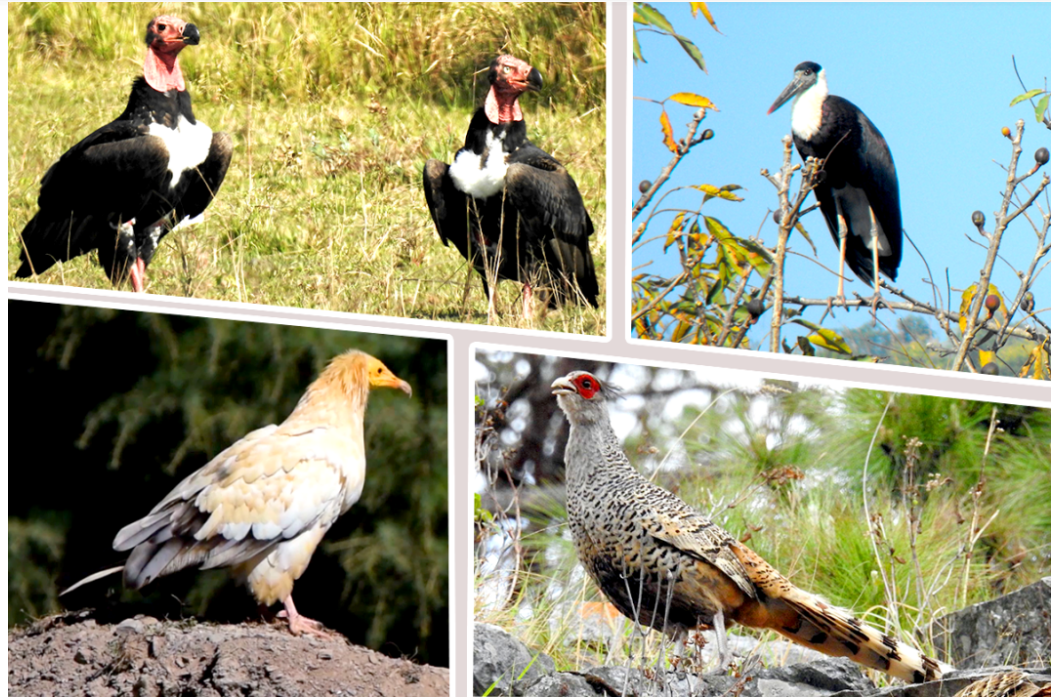Eight new species of birds have been discovered in the Resunga and Madane protected forest areas of Nepal. This discovery was made during a survey conducted by Bird Conservation Nepal (BCN), according to Bharat Panthi, the project’s official representative.
In the Madane forest area, six new bird species have been identified: the Chestnut-headed Tesia, Black-throated Ground-Robin, White-tailed Rubythroat, Black-throated Accentor, Altai Accentor, and Himalayan Rubythroat. Additionally, a new species called the Little Egret was discovered in the Resunga forest area.
Bharat Panthi further mentioned that the survey, which is conducted twice a year using the Mackinnon Listing Method, revealed these new bird species in the Gulmi district.
Among the world’s rare bird species, six are found exclusively in Gulmi. The Resunga and Madane protected forest areas are home to rare birds such as the Cheer Pheasant, Crested Serpent Eagle, White-rumped Vulture, Himalayan Griffon, and Golden Eagle. The Resunga forest is also home to the Spiny Babbler, a bird species found only in Nepal.
Of the 892 bird species found in Nepal, 35% are located in Gulmi. The survey recorded 263 species in Resunga and 286 species in Madane. The Madane forest area ranges from 975 meters to 2,690 meters in altitude, while the Resunga forest area ranges from 575 meters to 2,345 meters. Resunga covers 19,281 hectares, and Madane spans 13,743 hectares.
The number of rare bird species in Resunga and Madane protected forests has been steadily increasing. Bharat Panthi emphasized the importance of protecting the habitats of these endangered species, particularly the Spiny Babbler, which is found only in the Resunga forest. Jeewan Pangeni, Chief of the Division Forest Office, highlighted the crucial role of local municipalities in preserving these habitats.
Bird Conservation Nepal has also been implementing livelihood programs in communities connected to these forest areas. These programs have played a significant role in raising awareness among locals about forest conservation and protecting rare bird species.






